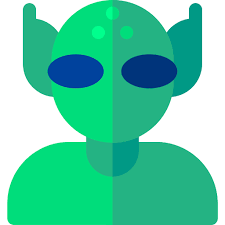Hello.
I am currently inventing a language, and have created a base 4 number system for it. Unfortunately, I am horrible with numbers, even in decimal. So it was a hard slog. But I finally got there.
It would be great if I could know of any practical applications quaternary has (if any), so I can incorporate it into the language and make it more naturalistic. Thanks.

Highly composite numbers are useful cause they have a lot of factors! That’s why the Babylonians and us use 60 for minutes and seconds. It makes dividing really simple, how much is 2/5 of 60? Why it’s 24 (no fractions) etc. Being a square number is just interesting. I bet quarternary would have funky repetitive fractions. Hilbert curves are just some space filling fractal thing, apparently they use quarternary at some point in analyzing or generating them.
I’m still struggling to convert base 4 and decimal in my head, so I might just stay in my lane and take it slow 🤯
Here’s how you can do it while only ever dividing or multiplying by two.
Decimal to quaternary
This is a cycle of looking at remainders from dividing by two, with the first one an odd-even determinant, and the second a big-little determinant for each quaternary digit. You make numbers even before dividing by two, so there are never fractions to consider.
Example
Decimal number is 5710.
Next round:—
Final digit:—
That process gives 5710 = 3214; that is, 3 sixteens, 2 fours and 1.
Quaternary to decimal
Here you only need to add a small number and then double twice with each digit.
Example
Quaternary number is 3214.
Next round:—
Final digit:—
So 3214 = 5710.